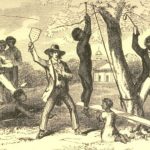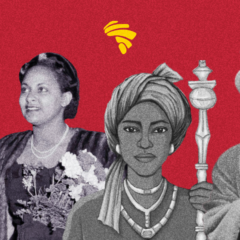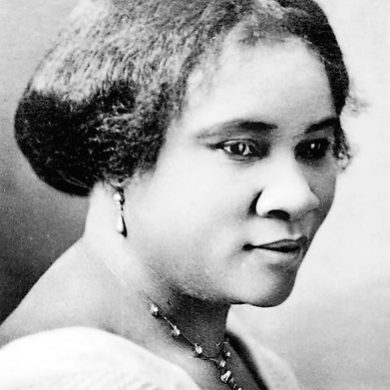Sometime in the late 18th century, black women and other women of colour were required by law to cover their hair with tignons as a measure to mark inferiority and ward off dear stares from white men. The events that led to the prescription of the tignon laws and how women of colour embraced it to accentuate the very reason why the law was imposed will be discussed in detail shortly.
Let’s take the plunge!
What is a tignon?
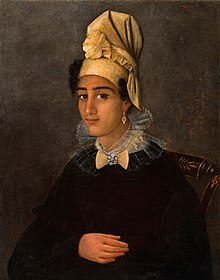
A tignon (pronounced as tiyon) is a large piece of material wrapped around the head to keep the hair out of sight. It’s a sort of head covering, like a turban, which has quite some remarkable similarities with the West African Gele. Creole women (women of colour) of African descent in Louisiana wore tignons in the wake of the Spanish colonial period and continue until today, although at a lesser extent.
The tignon can be wrapped in different ways and you’ll soon find out how this was leveraged by enslaved and free women to still remain beautiful, and in the way of white men’s sight (ha!).
Tignons were created from scraps of fabric given to slaves by their masters. However, madras became a more popular fabric for tignons and it remains iconic till date.
Esteban Rodriguez Miro’s tignon laws
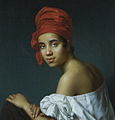
In 1786, Esteban Rodriguez Miro, the governor of Louisiana enacted some sumptuary laws called tignon laws. These laws prescribed and enforced a pattern of dressing deemed appropriate among women of colour in the state. Wearing of tignons was introduced to accentuate the “supposed” inferiority of Creole women and preserve the social order existing at that time.
According to Historian Virginia M. Gould, the governor hoped that the law would control women “who had become too light skinned or who dressed too elegantly, or who competed too freely with white women for status and thus threatened the social order.”
Miro, acting under the influence of Spain’s Charles III, enacted the tignon laws (otherwise known as the Edict of Good Government) to prevent Creole women from wearing their hair because it attracted men (white men especially) and threatened the status quo.
Creole women didn’t cringe. They wore the tignons as required by law and still remained elegant. With the tignons made from different fancy fabrics, adorned with jewels and wrapped with varying degrees of sophistication by different women, it became a fashion statement that still caught the eyes of white men.
You probably whispered “that’s an interesting comeback.” Well, it is.
The hair is one of the many yardsticks for measuring beauty where Afro-American aesthetics (especially of women) is concerned. Whether as kinks or braids, in many African and Afro-American societies, it has an allure that one just can’t overlook. Miro realized, tried to tweak the enticing effect but the results were of sweet mockery.
The United States took ownership of Louisiana in 1803. That marked the end of the tignon laws enforcement. Tignons are still worn today, although as symbolic relics and elements of fashion.
